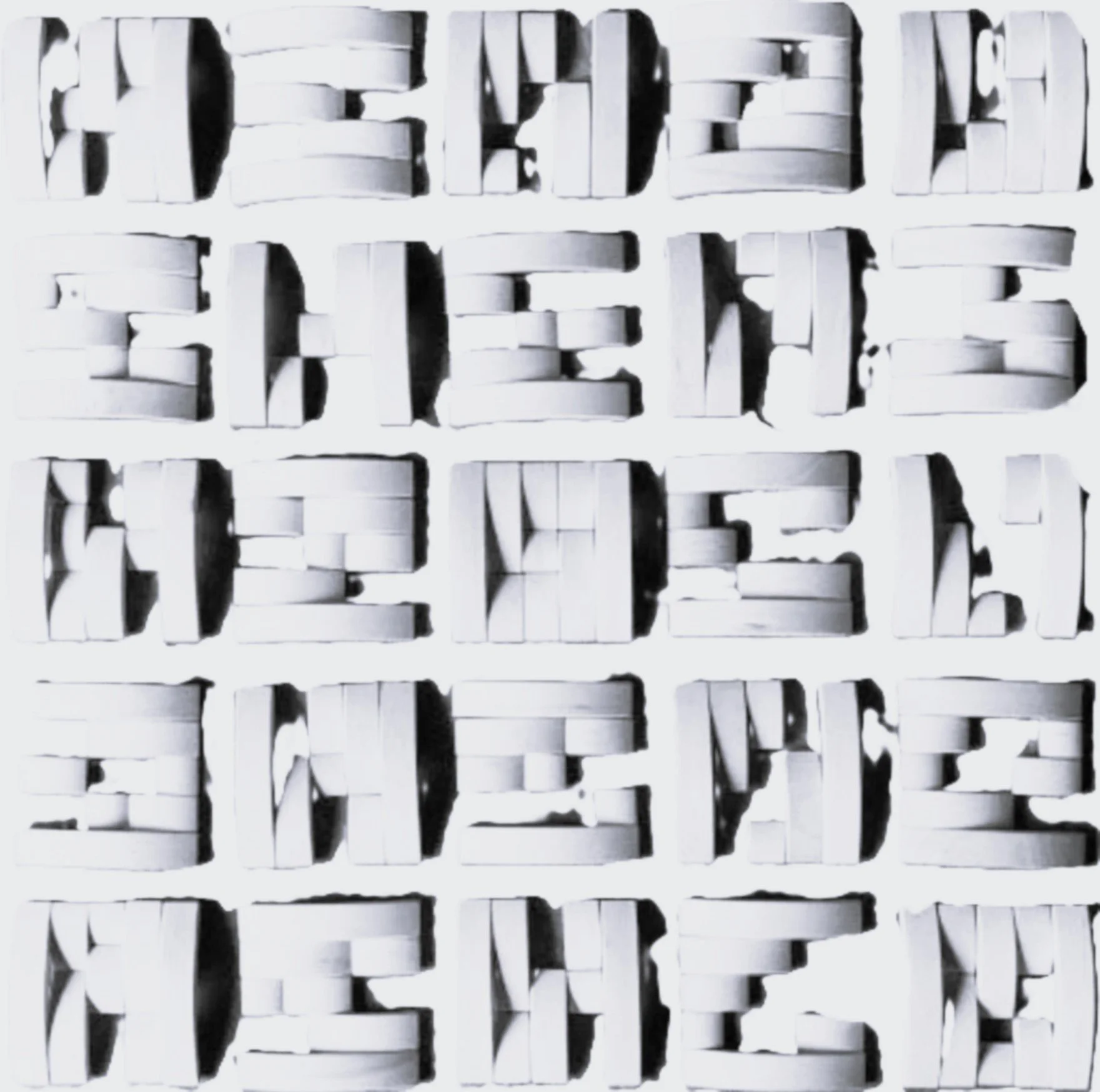
EPA Thriving Communities Grant
Awarded to BMOD in 2025 under the Green & Healthy Homes Initiative
Project Title - Baltimore Modular (BMOD)
Project Summary
Baltimore Modular strives to establish an ecosystem supporting the transformation of our city into an economically vital and environmentally responsible 21st century industrialized offsite construction powerhouse. Our city will be rebuilt with not just the physical products Baltimoreans will make but also by the social and economic processes through which Baltimoreans themselves are trained and supported to make those products. This grant would allow us to work with communities in South Baltimore to plan key components of our envisioned offsite construction ecosystem: the main factory and community center, workforce programming, and a rowhome pilot project utilizing an array of pre-fabricated products and offsite-construction services.
Project Description
A. Proposed Tier. BMOD strives to transform Baltimore into an economically vital and environmentally responsible global hub for offsite modular construction—where modular refers to building elements fabricated and assembled in a factory setting offsite from the installation site. We propose a 1-year, Tier 2 Planning project to conduct a community-wide engagement effort to involve local stakeholders in research, feasibility analysis, and resource development in creating a plan for implementing BMOD in South Baltimore (the “Plan”). The Plan will address community needs through three key components: (1) creating a “green” factory and community center, or “BMODHub,” featuring childcare, a community cafe, and training space; (2) innovative and supportive workforce development programs, including industry-recognized credentialing, pre-apprenticeships, and registered apprenticeships; and (3) products and services that will sustainably, efficiently and healthfully revitalize Baltimore’s housing.
B. Community Engagement and Involvement. BMOD sought recommendations from local elected officials and government agencies to identify community-based organizations (CBOs) as potential partners on the grant-funded activities. These partners will be asked to join a Community Advisory Committee, which will work in parallel with a Technical Advisory Committee in developing the Plan. With the Community Advisory Committee's input, BMOD will organize a series of outreach events to solicit input on residents’ most pressing housing and employment concerns.
BMOD is in the process of engaging a wider range of stakeholders for the Technical Advisory Committee, drawing from housing advocacy groups, unions, construction training providers, State and City agencies, industrialized offsite construction experts, local construction firms, universities, and affordable housing developers.
C. Proposed Activities and Interventions. The Plan will focus on the three core components described above, as follows: (1) research feasibility and funding pathways for the BMOD Hub, including analyzing the building program, space requirements, green standards, potential locations, and operations; (2) develop credentialing, pre-apprenticeship, and apprenticeship curricula and programs, plus support services; and (3) design modular products and services—to be tested in a rowhouse pilot project—as models for accessible, affordable, and sustainable solutions for Baltimore's housing. This work will be performed in collaboration with CBOs and agencies and will involve residents in identifying the challenges they face. Regular meetings with the Advisory Committees and outreach and education events will target potential job program participants, small businesses, and residents experiencing housing challenges.
Community Need
A. Target Population and Geographic Area. This proposal describes planning for Baltimore Modular, (BMOD), an offsite modular construction ecosystem that will ultimately engage and benefit all of Baltimore City, with an initial focus on South Baltimore and the neighborhoods of Brooklyn, Cherry Hill, Curtis Bay, Lakeland, Mount Winans, Pigtown, Saint Paul, and Westport, all of which are EPA IRA Disadvantaged Communities. These historically redlined, disinvested communities—separated by industrial zones, roads, highways, and railroad infrastructure—experience conditions of concentrated poverty and environmental hazards that disproportionately affect communities of color and low-income households who are often left behind by economic revitalization efforts. The target area population is over 32,700, roughly 80% of whom identify as people of color and 18% as Hispanic or Latino. According to ACS data from 2018 to 2022, per capita income was $19,825.02, less than a third of the state average.
B. Community Needs. As noted in ReBUILD Metro’s January 2023 report, “Whole Blocks, Whole City: Reclaiming Vacant Property Throughout Baltimore,” vacant and dilapidated housing is both a symbol of community need and a source of further negative impacts. “While vacant, abandoned properties are not the only factor standing between residents of Baltimore’s low-income neighborhoods and a better quality of life, they are perhaps the most fundamental one, and certainly the most visible.” (Rebuild METRO WBWC, p.4) Furthermore, properties are not only abandoned, they stay that way: ReBUILD Metro found that 65% of Baltimore’s vacant properties are chronically vacant, up from 30% in 1980. Vacant buildings and an aging housing stock pose health and safety risks to communities in the form of increased indoor air pollution, decreased climate resiliency, lack of structural integrity, and increased risk of fire and other environmental risk factors, such as lead exposure. According to Baltimore City’s Open Data website, within the target area, 15.7% of housing units are unoccupied, or a total of 2,285 units. Vacancy is concentrated, such as zones in Westport with 65% vacancy and in Cherry Hill with 53% vacancy. These housing units are not only vacant, but also old—65% were built before 1960, or a total of 6,798 units, more than twice both the state and national average. The area has an average life expectancy of only 69 years old—almost a decade shorter than the national average—and the areas’ asthma rate is in the 98th percentile. Compounding these challenges to health and comfort is Baltimore’s wide temperature swings with about 27 days above 90°F every year.
Housing costs are a major source of economic pressure in these neighborhoods. Each area in this zone is above the 50th percentile nationwide for housing burden, meaning residents are both earning less than 80% of HUD’s Area Median Family Income and spend more than 30% of their income on housing costs.2 In the period from 2018-2022, residents of the target area experienced an unemployment rate of 9.82%, more than twice the national average, and less than 15% of residents had a post-secondary degree. While South Baltimore is host to land zoned for industrial or manufacturing uses, the number of jobs in the area is relatively low, resulting in long commute times due to poor public transit connections and low rates of vehicle ownership.
In response to these conditions, BMOD focuses on three areas of community need: (1) affordable, safe, and healthy housing, (2) local, safe, healthy, low- and zero-emission workplaces; and (3) accessible career path opportunities, coupled with training matched to residents’ education levels.


